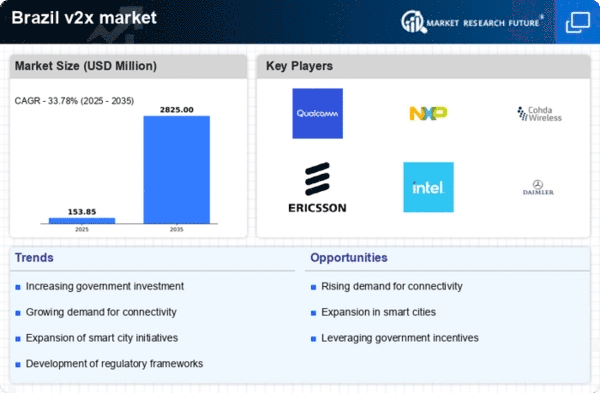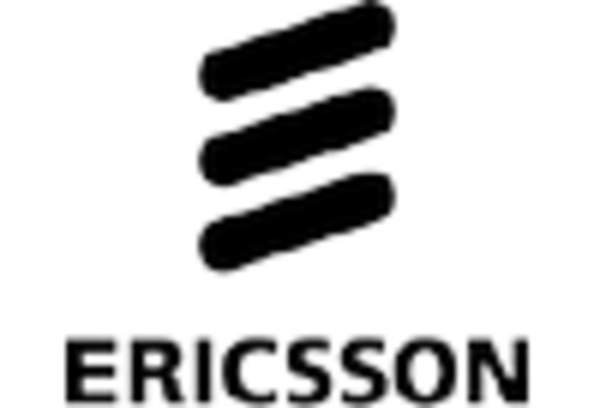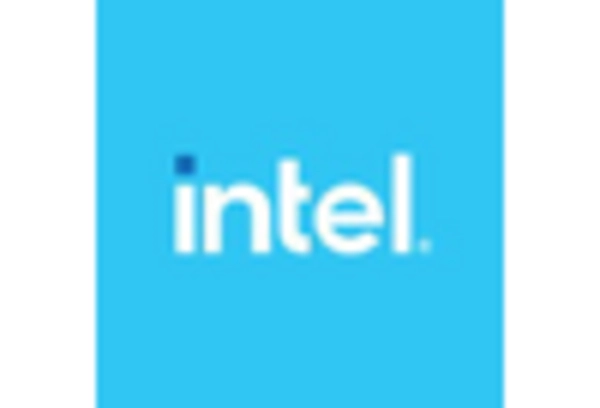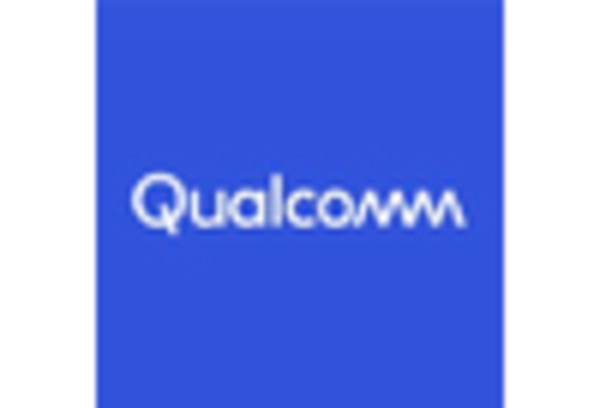Investment in Smart City Projects
Brazil is increasingly investing in smart city initiatives, which are integral to the development of the v2x market. These projects aim to enhance urban living through the integration of technology in transportation, energy, and communication systems. The Brazilian government has earmarked approximately $1 billion for smart city projects over the next five years, focusing on sustainable urban development. This investment is likely to facilitate the implementation of v2x technologies, as smart cities require efficient communication between vehicles and infrastructure. The collaboration between public and private sectors in these projects is expected to create a favorable environment for the v2x market, driving innovation and adoption of advanced transportation solutions.
Government Initiatives and Policies
The Brazilian government actively promotes the development of the v2x market through various initiatives and policies aimed at enhancing transportation efficiency and safety. Recent legislation encourages the integration of intelligent transportation systems, which are crucial for the growth of v2x technologies. The government has allocated approximately $500 million for smart city projects, which include v2x applications. This funding is expected to stimulate innovation and attract private investments, thereby fostering a conducive environment for the v2x market. Furthermore, the establishment of regulatory frameworks is likely to facilitate the deployment of v2x solutions, ensuring compliance with safety and operational standards. As a result, the v2x market in Brazil is poised for significant growth, driven by supportive government actions and a clear vision for future transportation systems.
Public Awareness and Demand for Safety
There is a growing public awareness in Brazil regarding road safety and the potential benefits of v2x technologies. With traffic accidents being a leading cause of fatalities, the demand for solutions that enhance safety is increasing. Surveys indicate that approximately 70% of Brazilian drivers express interest in technologies that can prevent accidents and improve overall road safety. This heightened awareness is likely to drive consumer demand for vehicles equipped with v2x capabilities, thereby propelling the growth of the v2x market. As manufacturers respond to this demand, the market is expected to witness an influx of innovative safety features, further solidifying the importance of v2x technologies in the automotive landscape.
Rising Urbanization and Traffic Congestion
Brazil is experiencing rapid urbanization, with over 85% of its population residing in urban areas. This trend has led to increased traffic congestion, which poses significant challenges for transportation systems. The v2x market appears to be a viable solution to mitigate these issues by enhancing communication between vehicles and infrastructure. By 2025, it is estimated that traffic congestion in major Brazilian cities could increase by 30%, necessitating the adoption of advanced technologies. V2x solutions can optimize traffic flow, reduce travel times, and improve overall road safety. The growing demand for efficient transportation solutions is likely to drive investments in the v2x market, as stakeholders seek to address the pressing challenges posed by urbanization and congestion.
Technological Advancements in Automotive Industry
The automotive industry in Brazil is undergoing a transformation, with significant advancements in technology that support the development of the v2x market. The increasing integration of connected vehicles and smart infrastructure is indicative of this trend. By 2025, it is projected that over 50% of new vehicles sold in Brazil will be equipped with connectivity features, enabling seamless communication with surrounding infrastructure. This shift is likely to enhance the functionality of v2x applications, such as real-time traffic updates and collision avoidance systems. Additionally, partnerships between automotive manufacturers and technology firms are expected to accelerate innovation in the v2x market, creating a robust ecosystem that supports the deployment of advanced transportation solutions.
















Leave a Comment